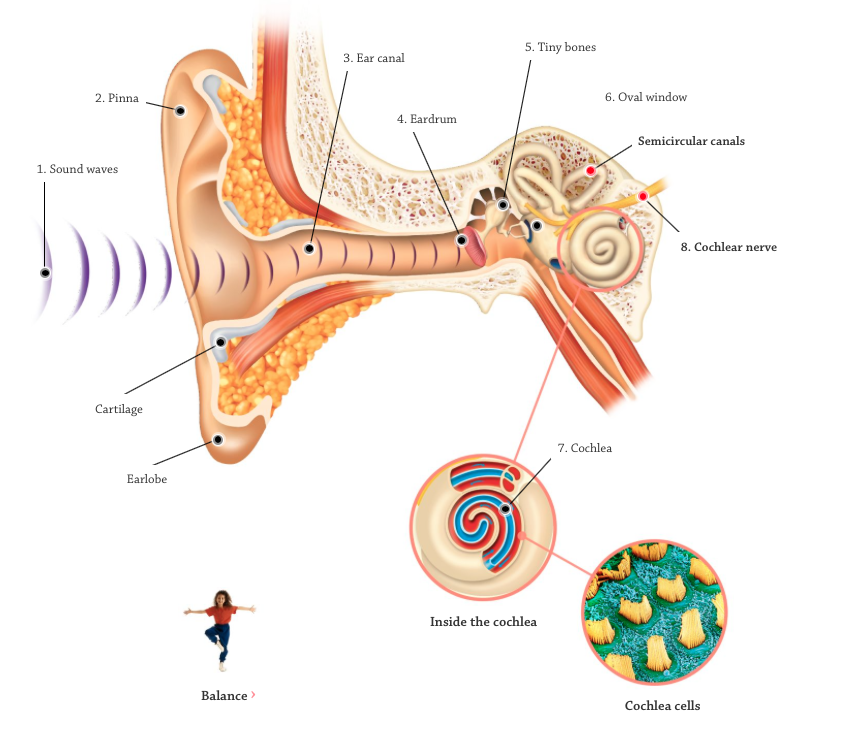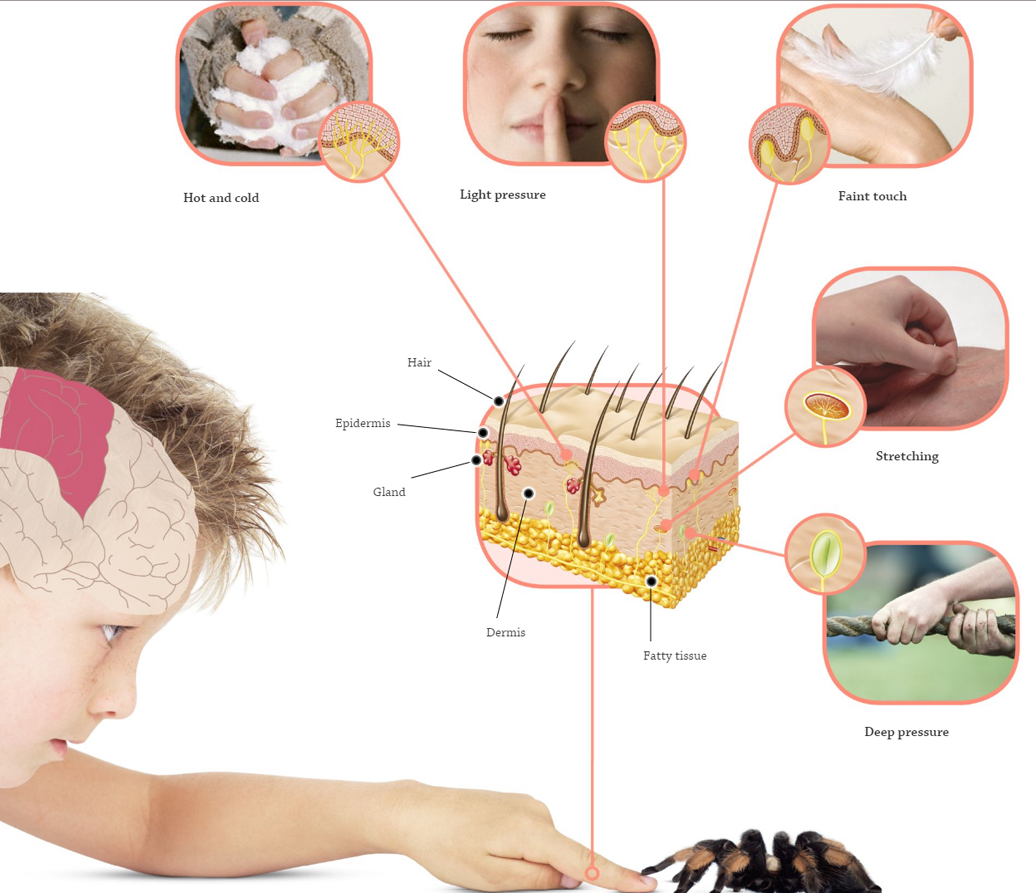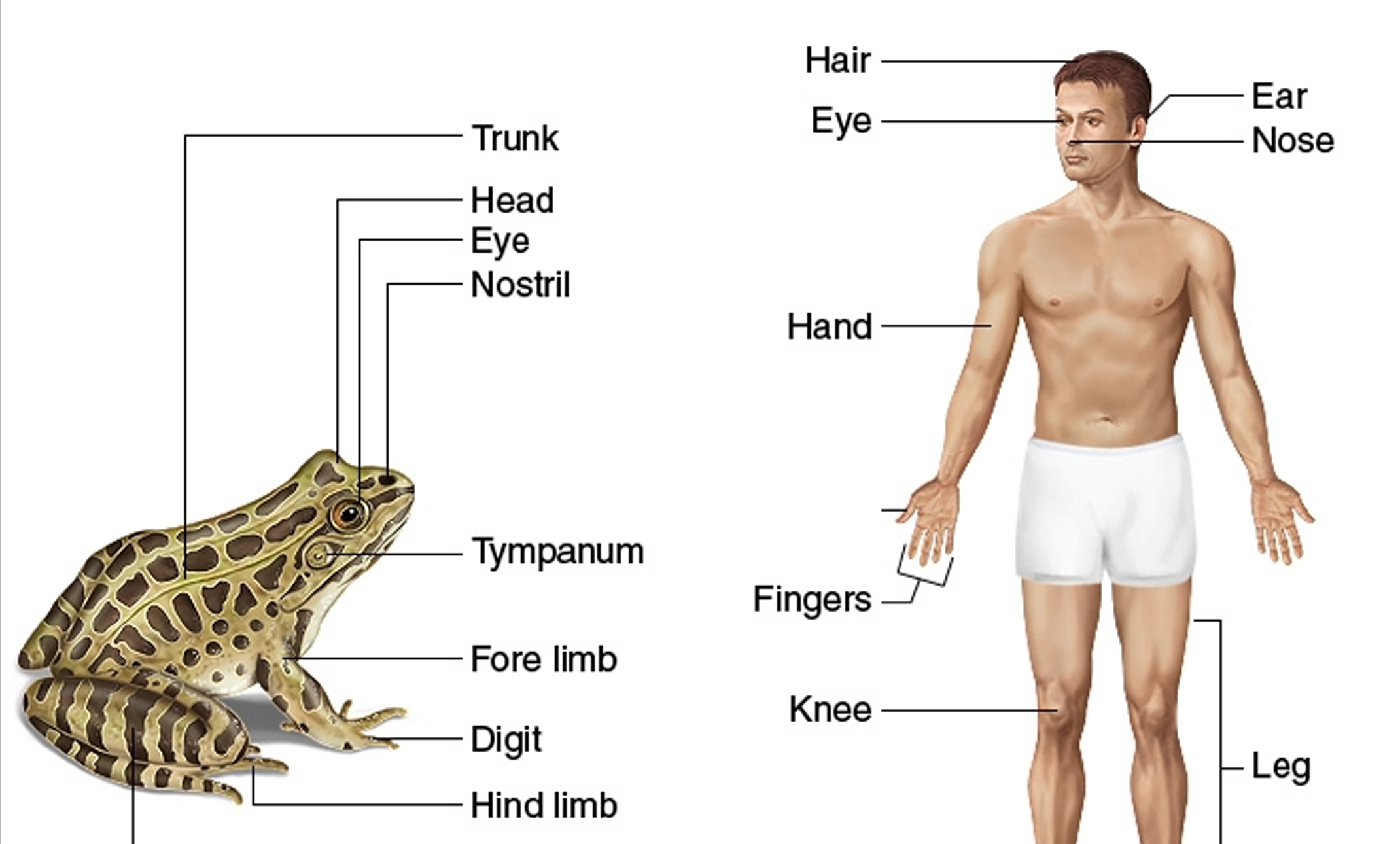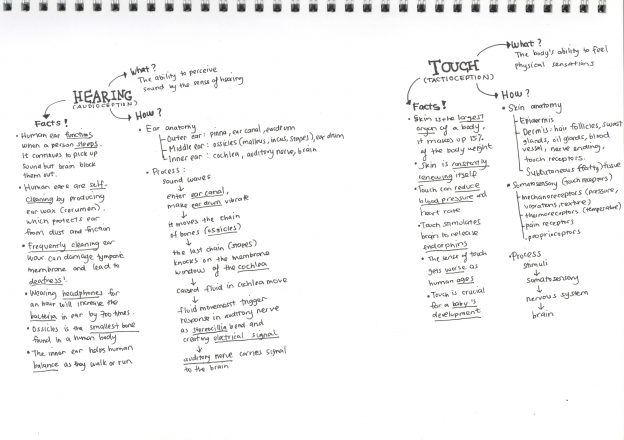Hi!
So I’ve been researching on human senses, to be exact are hearing and touch.
HEARING (Audioception) is the ability to perceive sound by the sense of hearing.
How does the human sense of hearing work?
Ear anatomy:

(Click here for interactive version)
Process of hearing:
Sound waves enter the ear canal, making the ear drum vibrate and moves the ossicles. The last bone of stapes knocks on the membrane window of the cochlea, causing fluid in the cochlea to move. This movement cause stereocillia to bend and create electrical signal that caused the auditory nerve to carry signal to the brain.
Interesting Facts:
- Human ear still functions even when a person sleeps. It continues to pick up sound but the brain block them out.
- Human ears are self-cleaning by producing ear wax (cerumen) which protects the ear from dust and friction.
- Frequently cleaning ear wax can damage the tymponic membrane and lead to deafness!
- Wearing headphones for an hour will increase the bacteria in ear by 700 times.
- Ossicles is the smallest bone found in a human body.
- The inner ear helps human balance as they walk or run.
TOUCH (Tactioception) is the body’s ability to feel physical sensation
How does the human sense of touch work?
Skin anatomy:

(Click here for the interactive version)
Somatosensory (touch receptors)
– mechanoreceptors (pressure, vibration, texture)
– thermoreceptors (temperature)
– pain receptors
– proprioceptors
Process:
Stimuli is accepted by somatosensory and the nervous system carry the information to the brain.
Interesting Facts:
- Skin is the largest organ of a body, it makes up 15% of the body weight.
- Skin is constantly renewing itself.
- Touch can reduce blood pressure and heart rate.
- Touch stimulates brain to release endorphin.
- The sense of touch gets worse as human ages.
- Touch is crucial for a baby’s development.
Similarity between frog and human?
It is really fascinating to find out that we are somewhat quite similar to frogs. It is not something I expected before.
- Body structure
The body structure of frogs and humans is comparable as have skin, bones, muscles and organs. Further, both frog and human bodies can be broken up into a head, a neck, a trunk and limbs.
- Organs
Both have lungs, kidneys, a stomach, a heart, a brain, a liver, a spleen, a small intestine and a large intestine, a pancreas, a gall bladder, a urinary bladder, a ureter, a cloaca. Males and females of each species have testes and ovaries respectively. In general, their organ structure is similar, but frogs have considerably less complex anatomies and they do not have ribs or a diaphragm. - Vertebrates with nervous system
They have similar systems, including nervous, circulatory, digestive and respiratory. Both are classified as vertebrates, with a spine and nerves that spread across the body. Both frogs and humans have very developed senses of hearing, which is managed by the nervous system. However, frogs can only detect high-pitched sounds with their ears; low-pitched sounds are detected through the skin. Both frogs and humans also have developed senses of sight and smell.
Frog vs Human Body Part
Summary:
3D Project 2
Research: Hearing and Touch
In Class: Sound Fabrics and Soundscape
Inspiration and Process: Sound Texturizer Trial and Error
Final: THE SOUNDTUBE


